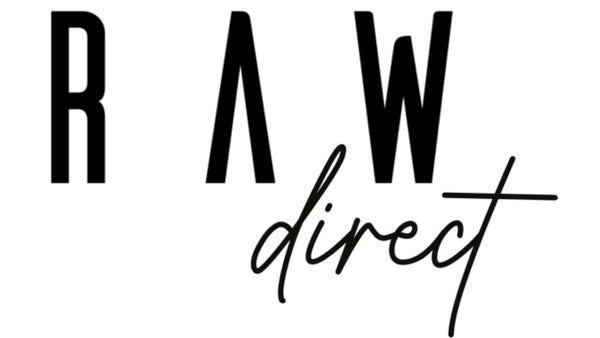
The Role of Raw Bones in Your Dog’s Dental Health
Feeding your dog raw bones can be a natural and effective way to improve their dental hygiene while providing essential nutrients. Here’s a closer look at how chewing raw bones can benefit your dog's dental health.
How Raw Bones Help Reduce Plaque and Tartar
Chewing raw bones can significantly contribute to dental health in several ways:
- Mechanical Scrubbing Action: As dogs gnaw on raw bones, the natural abrasion helps remove plaque and tartar buildup from their teeth. This mechanical action can prevent gum disease and maintain healthy gums.
- Saliva Production: Chewing stimulates saliva flow, which helps neutralize acids in the mouth and wash away food particles. Saliva is a natural cleanser that contributes to overall oral health.
- Nutritional Benefits: Raw bones provide minerals like calcium and phosphorus, which are essential for strong teeth and bones. They also contain collagen, which can promote gum health.
Which Types of Bones Are Safe to Feed
Not all bones are suitable for dogs, so it’s important to choose wisely. Safe options include:
- Raw Meaty Bones: These include chicken necks, wings, and thighs, as well as turkey necks and lamb ribs. These bones are softer and easier for dogs to chew.
- Recreational Bones: Large beef or bison bones (like marrow bones) can provide a satisfying chew, but they should be raw, not cooked, to prevent splintering.
- Avoid Cooked Bones: Cooked bones can splinter and pose a choking hazard or cause internal injuries, so always feed raw bones.
How to Incorporate Bones into Your Dog’s Diet
Incorporating raw bones into your dog’s diet is easy. Here’s how:
- Choose Appropriate Sizes: Ensure the bones are the right size for your dog to prevent choking. Small dogs should have smaller bones, while larger dogs can handle bigger ones.
- Supervise Chewing: Always supervise your dog while they’re chewing bones to ensure safety and prevent any potential hazards.
- Limit Frequency: Depending on the size and type of bone, offer them a few times a week to balance their diet and avoid excessive calorie intake.
- Introduce Gradually: If your dog is new to raw bones, start with softer options and gradually introduce harder bones as their chewing strength improves.
Dental Benefits Beyond the Vet’s Office
The dental benefits of raw bones extend beyond regular veterinary check-ups:
- Cost-Effective Dental Care: Incorporating raw bones into your dog's routine can reduce the frequency of professional dental cleanings, saving you money in the long run.
- Freshens Breath: Regular chewing can help combat bad breath by removing food particles and plaque that contribute to odor.
- Behavioral Enrichment: Chewing on raw bones provides mental stimulation and helps alleviate boredom, which can reduce destructive chewing behaviors.
By adding raw bones to your dog's diet, you can enhance their dental hygiene naturally while providing a delicious and satisfying treat. Just be sure to choose the right bones and supervise your dog during chewing sessions for a safe and enjoyable experience.
